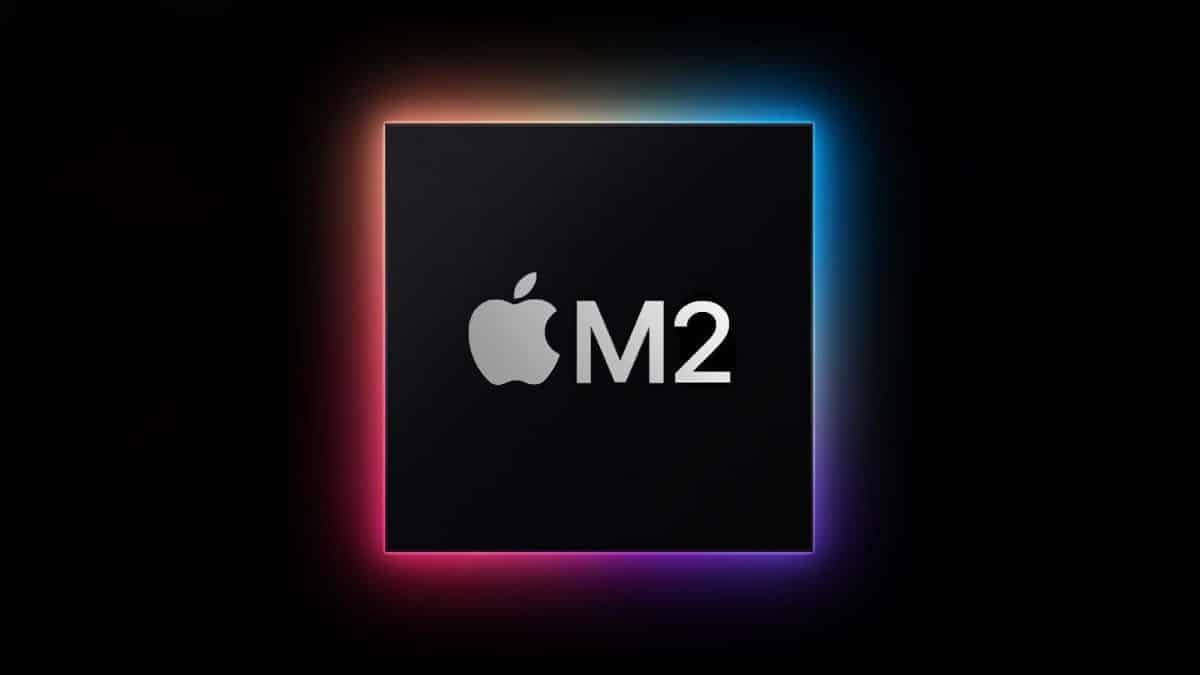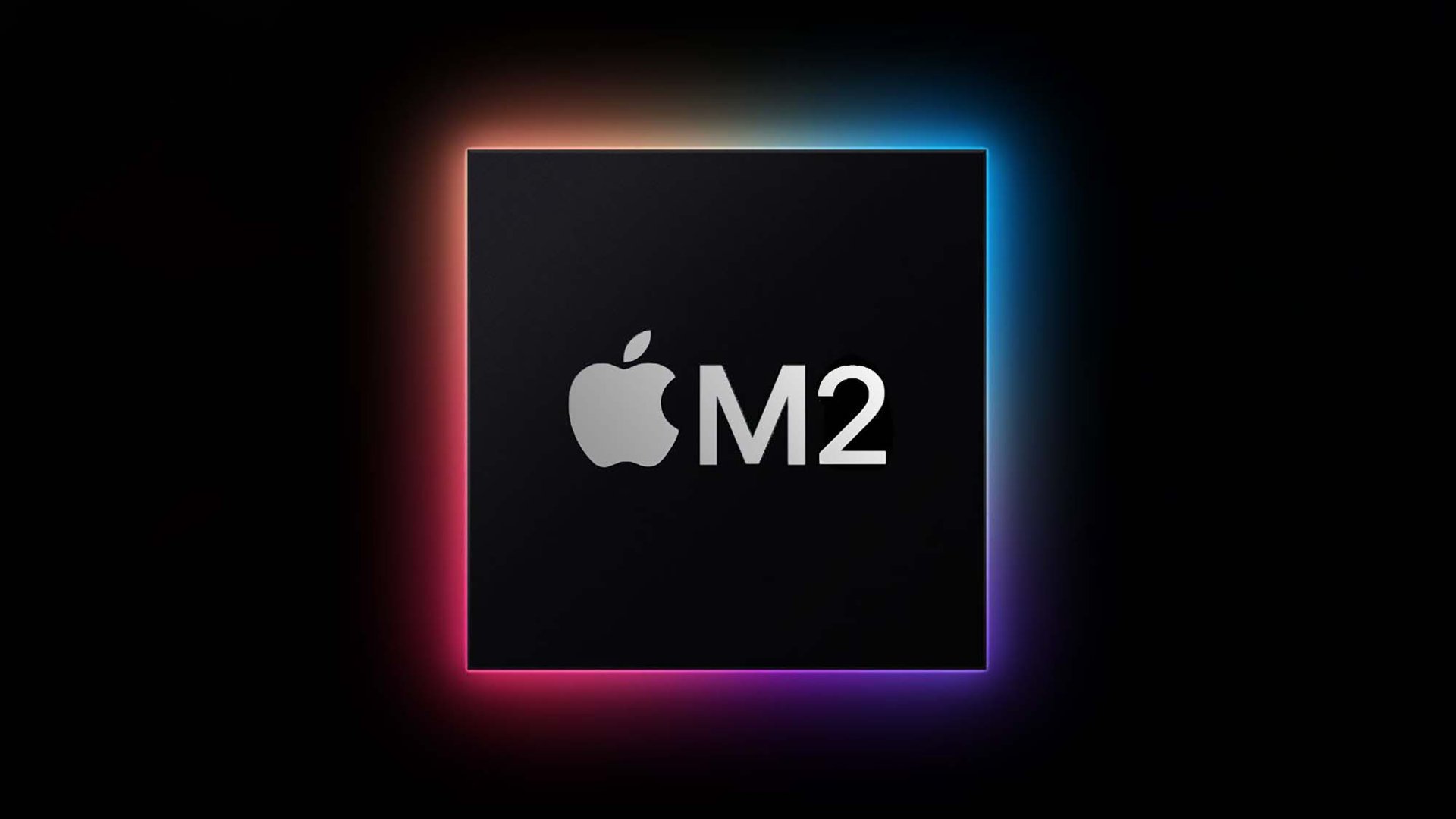

In October 2021, after Apple announced the M1 Max and M1 Pro, I predicted that we would see an M1 Ultra and wrote down what I expected, at the time, to be the configuration of this chip.
It turned out that he was almost right: the M1 Ultra came with 20 cores, up to 128GB of RAM, and a 64-core GPU. What I didn't expect was the on-chip highway, an interconnect called UltraFusion that allows data to flow at 2,5TB/s.
To be fair, Apple generally acts predictable when it comes to hardware releases. It starts small and then it grows. It's its own equivalent of Intel's so-called Tick-Tock manufacturing model (no, not this Tiktok). When the original M1 system-on-chip was introduced, the motion trajectory was pretty much set. And with rumors of an M2 processor likely to launch later this year, it will surely be followed by a Pro, Max and Ultra version. Between the introduction of the original M1 and the launch of the M1 Ultra, there was a 16-month window.
speed up
There are several ways to improve the performance of an existing family of processors. It uses a leaner manufacturing process to allow for higher clock speeds or to include more transistors, or it can implement new microarchitecture tweaks. Apple has another way, unique in its ecosystem, which also involves refining the operating system. Intel, Microsoft, or AMD can't do that because they control either the hardware or the software, but not both. Google may be the closest competitor, but Apple's level of vertical integration is way ahead.
So with Apple so far ahead of the x86 competition when it comes to pure hardware performance, 2022 could be the year it focuses on its software game, taking Intel's paradigm to another level where improvements at the of the operating system can be associated with adjustments at the silicon level.
And the M2 then?
The M1 was manufactured by TSMC using 5nm lithography (manufacturing process); Rumor has it that the M2 will use a smaller node (4nm) and beyond that its yields will drop. Moving nodes is an easier way to switch gears, allowing for performance gains without too much effort and, arguably, saving time (although given the performance delta between Apple and the rest of the x86 market, it's more about killing time).
That means slightly higher clock speeds along with potentially more cores for the CPU and GPU. There is no surprise here. The original M1 had four performance and four efficient cores; could the new one have more of the former and less of the latter? Could Apple be prioritizing graphics performance by adding more GPU cores instead? I certainly wouldn't rule out this scenario given the intense competition in this particular market and the stark comparisons Apple made earlier this week to the best of Nvidia.
The memory problem
From a professional creative standpoint, the lack of options beyond the 128GB of system memory, as well as the inability to plug in expansion cards, may or may not be crucial. It's painful to see a Mac Pro with a 28-year-old Cascade Lake Xeon 3-core processor vastly outperformed in a popular benchmark. The Mac Studio will probably appeal to 95% of those looking for a workstation that can deliver raw performance in spades.
The remaining 5% will have to deal with an x86 solution for now and that could be the next frontier for Apple. Design something that allows for seamless integration with pluggable PCIe cards like MPX or Afterburner modules, enterprise-class features (eg 10Gb Ethernet NICs), and support for more memory, into terabyte territory.
There's another twist to the story: Apple could bring its hardware to hyperscalers (Google Cloud, AWS, and Azure) to better serve iCloud's billion-plus users. Make vertical integration work even further, beyond the desktop, deep into the cloud. This would provide significant cost savings, allow Apple to rapidly implement proprietary differentiation and economies of scale. The importance of software and services in Apple's revenue mix can only grow.